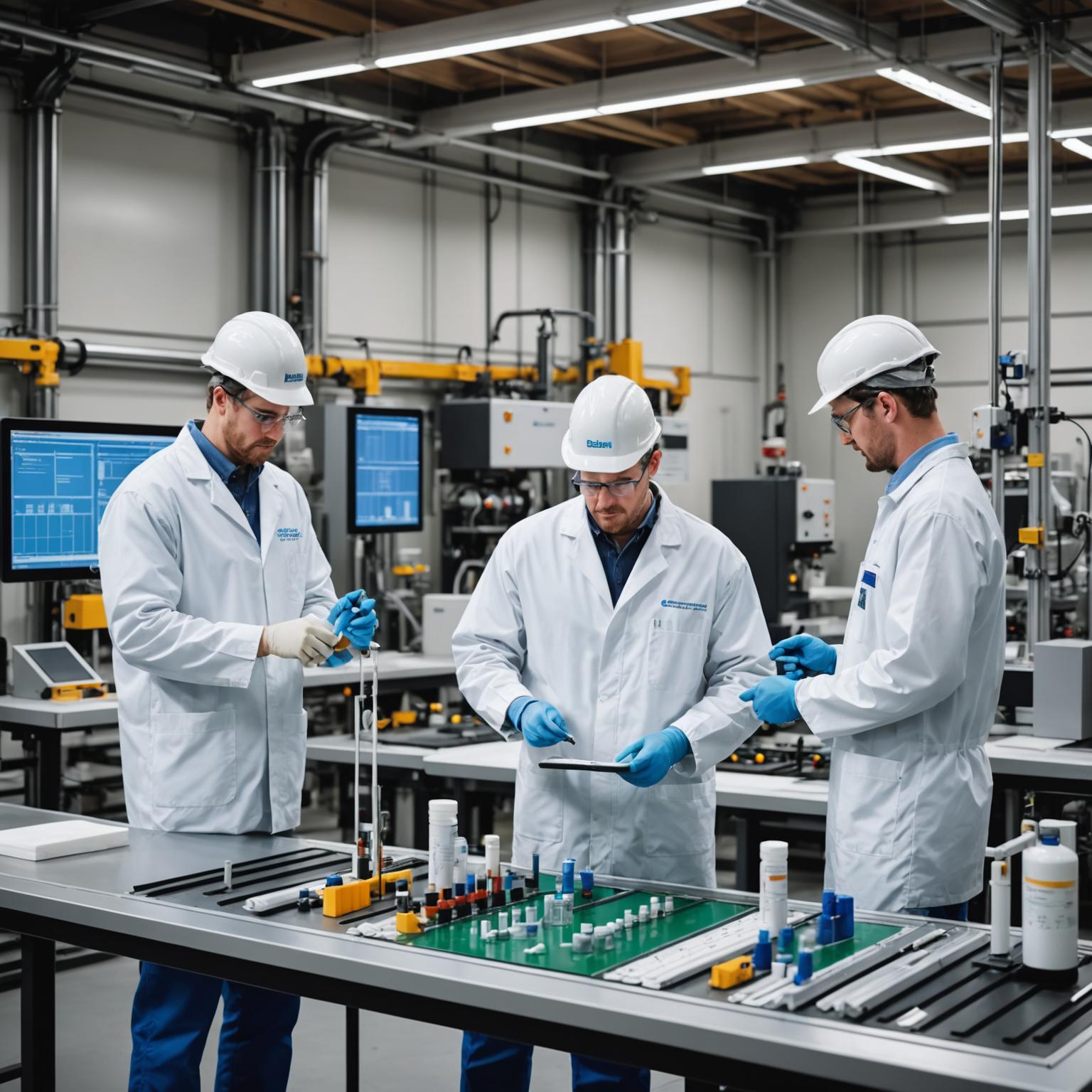Polyvinyl chloride, or PVC, is one of the most versatile and widely used plastics in the world, forming the backbone of countless products we rely on daily, from life-saving medical devices to durable construction materials. However, the inherent nature of PVC polymer makes it highly susceptible to degradation from heat and ultraviolet light during processing and its service life. This is where the unsung hero of the plastics industry comes into play: the pvc stabilizer. This essential additive is the key that unlocks the full potential of PVC, transforming it from a fragile, unstable material into the robust, long-lasting polymer we know and depend on. Without the correct stabilization, PVC products would discolor, become brittle, and fail prematurely.

The Indispensable Role of PVC Stabilization
At its core, PVC is thermally unstable. When heated to the temperatures required for processing—such as in extrusion or injection molding—or when exposed to sunlight, it begins a process of degradation called dehydrochlorination. This chemical reaction releases hydrochloric acid and creates unstable double bonds in the polymer chain, leading to a cascade of further degradation. The visual results are a change from a clear or white material to yellow, then brown, and finally black. Structurally, the plastic loses its mechanical strength and becomes useless. A pvc stabilizer works by intervening in this process. It acts as a multi-functional shield, primarily by neutralizing the released hydrochloric acid, replacing the unstable chlorine atoms on the polymer chain with more stable groups, and in some cases, absorbing UV radiation to prevent the degradation from starting in the first place. This protective action ensures that PVC can be melt-processed efficiently and that the final product maintains its intended color, clarity, and physical properties for years to come.
A Spectrum of Stabilizer Chemistries
The world of PVC stabilization is not a one-size-fits-all solution. Different applications demand different performance characteristics, leading to the development of several distinct families of stabilizers. Historically, lead-based stabilizers were popular due to their excellent performance and low cost, but significant environmental and health concerns have led to their phase-out in most parts of the world. Today, the industry relies on safer and more advanced chemistries. Tin stabilizers, particularly organotin compounds, are prized for their high efficiency and ability to produce crystal-clear rigid PVC products, making them ideal for packaging films and transparent pipes. The most prominent group now consists of mixed-metal stabilizers, such as Calcium-Zinc (Ca-Zn) and Barium-Zinc (Ba-Zn) systems. Ca-Zn stabilizers are the leading non-toxic choice, widely used in flexible applications like wire insulation and in rigid products that require food-contact approval. The latest innovations are Organic Based Stabilizers (OBS), which are completely free of heavy metals and offer excellent performance, aligning with the growing global demand for sustainable and environmentally friendly solutions.
The Mark of an Expert PVC Stabilizer Manufacturer
Behind every high-quality PVC product is a sophisticated stabilization system developed by an expert pvc stabilizer manufacturer. These companies are more than just chemical producers; they are innovators and problem-solvers. A reputable manufacturer invests heavily in research and development to formulate stabilizers that are precisely tailored to a specific application and processing method. They understand that the requirements for a rigid window profile exposed to harsh weather are vastly different from those for a flexible medical tube. Furthermore, a leading pvc stabilizer manufacturer provides crucial technical support, working alongside plastics processors to optimize their formulations and troubleshoot issues. This expertise is particularly vital in the growing field of recycling. As the industry incorporates more recycled materials, such as high-quality plastic flakes, to promote a circular economy, the role of the manufacturer becomes even more critical. They develop robust stabilizers capable of handling the inherent variabilities and impurities in recycled feedstock, ensuring the final product possesses the durability, integrity, and aesthetic quality of one made from virgin material.
Connecting Processors with Solutions: PVC Stabilizer Suppliers
While manufacturers create the technology, pvc stabilizer suppliers are the essential link that connects these advanced solutions with the processors who need them. Suppliers play a crucial role in the supply chain, offering logistical advantages, local warehousing, and the ability to provide materials in manageable quantities. They often represent multiple manufacturers, giving them a broad portfolio of products to solve nearly any stabilization challenge. More importantly, knowledgeable pvc stabilizer suppliers act as consultants. They stay abreast of market trends, new technologies, and evolving regulations like REACH and RoHS. By understanding a client’s specific needs—from the type of machinery used to the performance requirements of the end product—a supplier can recommend the most effective and cost-efficient stabilizer system, helping the processor save time, reduce waste, and improve product quality. They are partners in innovation, enabling businesses of all sizes to access the best stabilization technology available on the market.
Making the Right Choice for Optimal Performance
Selecting the appropriate stabilizer system is a critical decision that directly impacts production efficiency and final product quality. The choice depends on a careful evaluation of several factors. The processing method is paramount; the thermal stress of high-speed extrusion differs from that of calendering. The end-use application dictates requirements for weatherability, clarity, electrical properties, and regulatory compliance, such as food contact or medical-grade certifications. Cost is always a consideration, but it must be balanced against performance to ensure long-term value. Finally, the PVC resin itself plays a role. Formulating for recycled PVC, for instance, requires a stabilizer package that can counteract potential contaminants and provide consistent results. By partnering with a trusted manufacturer or supplier, processors can navigate these complexities to select a pvc stabilizer that not only protects the polymer but also enhances the value and longevity of their finished goods, paving the way for a more sustainable and durable future.

